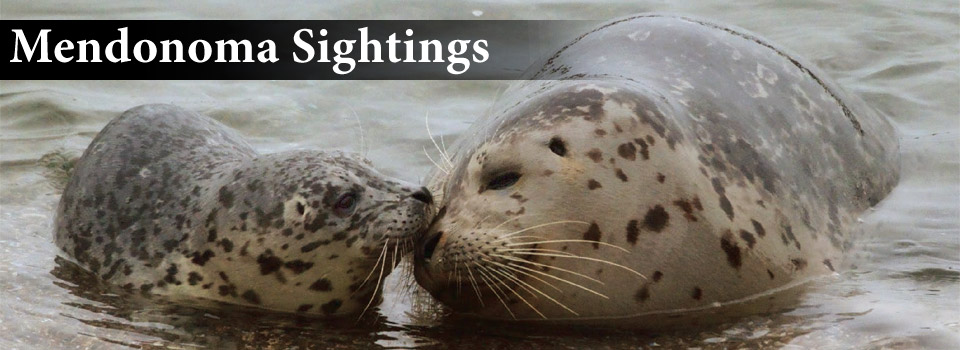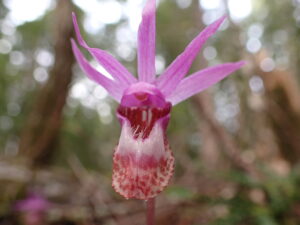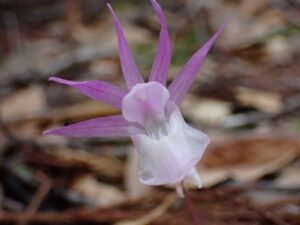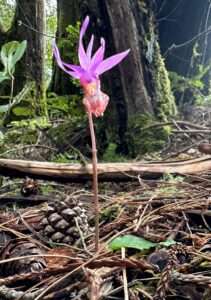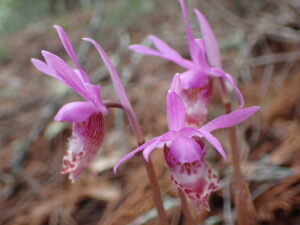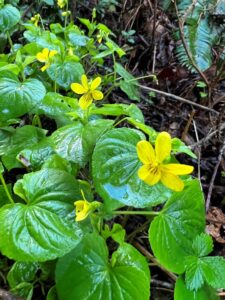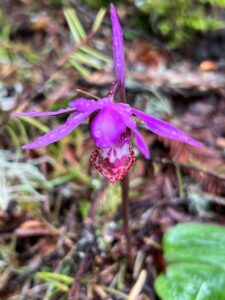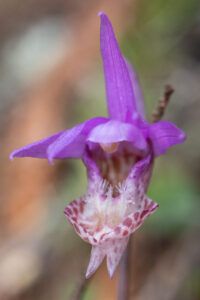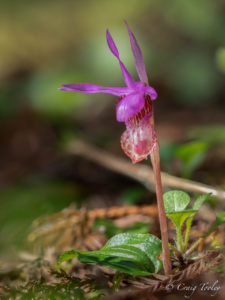Calypso Orchids are having a wonderful bloom this winter/spring. Peter Baye photographed this normal-colored Calypso Orchid.
And then he found this atypically-colored Calypso Orchid.
I've never seen one like the one here! In a recent Mendonoma Sightings column, I wrote - with Peter's great help - about why you should never pick one:
Please don’t pick native wildflowers. Let’s take the Calypso Orchid, for example. Such beautiful flowers to find in undisturbed forests. The slim stem is only three to four inches high, the pink flower is exquisite but quite small, and a single leaf rests on the forest duff. These native orchids need a fungus in the soil to thrive, which makes transplanting them nearly impossible. They are like finding a gift in the forest.
If you pick one or more for your own enjoyment, you might have a day or two before they wither. In the forest, they will bloom for several weeks. It’s what happens after their bloom that is extremely important. I asked Botanist Peter Baye to explain. He wrote, “Each plucked, plundered Calypso Orchid bloom potentially produces a seed capsule with many thousands of viable dust-like seed. Each capsule could spread whole new colonies of this species that is still struggling to recover after over a century of excessive logging and soil disturbance. [Picking them] represents decades and generations of potential Calypso Orchid populations sacrificed for a few days of private ornament and fragrance. Calypso Orchids don't have reproductive success every year. They rely on rare good bloom years like this one, and rare luck of escaping herbivores and flower-pickers.”
Thanks to Peter for allowing me to share his photos with you here and for explaining why we should never pick one of these exquisite orchids.
Cooler with storm clouds moving in. Rain is in our forecast for Friday night and Saturday. The Calypso Orchids should love it!
